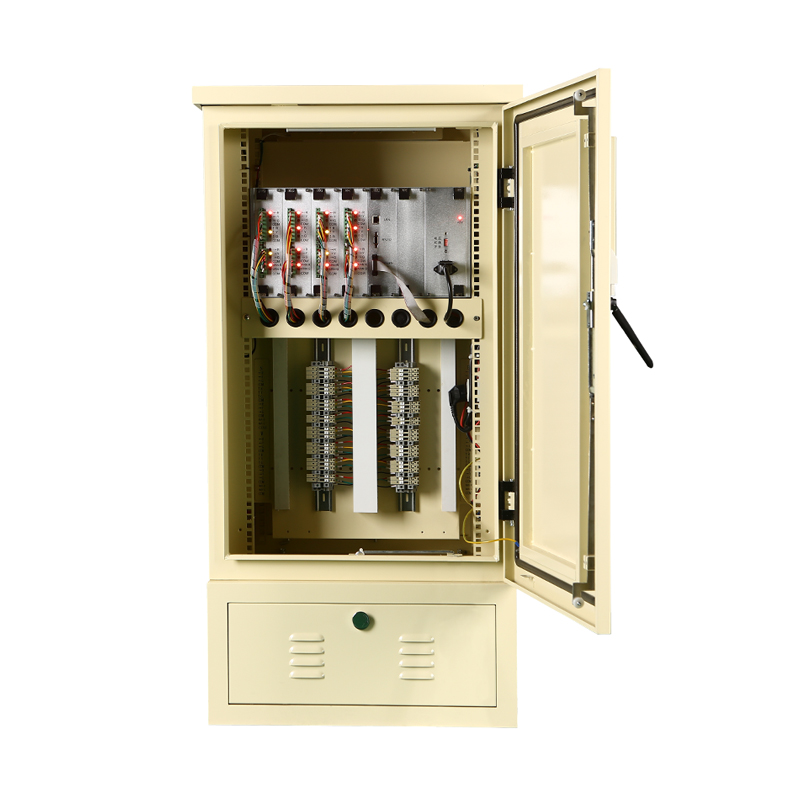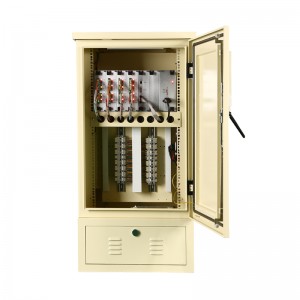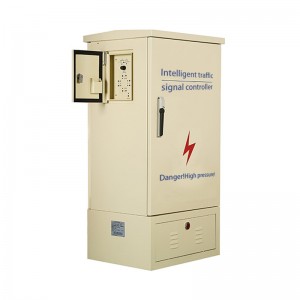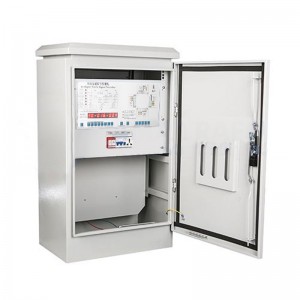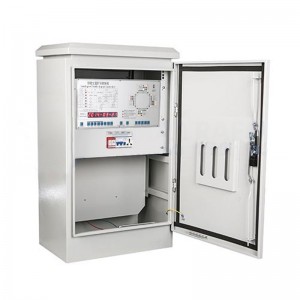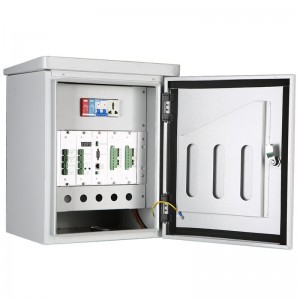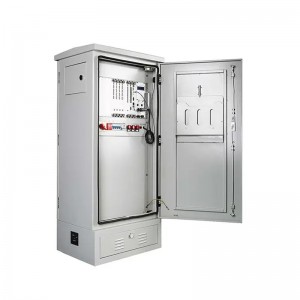44 Outputs Networking Intelligent Traffic Signal Controller
1. Embedded central control system, which works more stably and reliably;
2. The whole machine adopts modular design to facilitate maintenance;
3. Input voltage AC110V and AC220V can be compatible through switch switching;
4. Use RS-232 or LAN interface to network and communicate with the center;
5. Normal day and holiday operation schemes can be set, and 24 working hours can be set for each scheme;
6. Up to 32 working menus, which can be called at any time;
7. The flashing on and off status of each green signal lamp can be set, and the flashing time can be adjusted;
8. Yellow flashing or light off at night can be set;
9. In the running state, the current running time can be modified immediately;
10. It has the control functions of manual full red, yellow flashing, stepping, phase skipping and remote control (optional);
11. Hardware fault detection (red light failure, green light on detection) function, degraded to yellow flashing state in case of fault, and cut off the power supply of red light and green light (optional);
12. The output part adopts zero crossing detection technology, and the state change is to switch under the AC zero crossing state, making the drive more safe and reliable;
13. Each output has an independent lightning protection circuit;
14. It has the function of installation test, which can test and confirm the installation correctness of each lamp during the installation of intersection signal lights;
15. Customers can backup and restore the default menu No. 30;
16. The setting software on the computer can be operated offline, and the scheme data can be saved on the computer and can be tested.
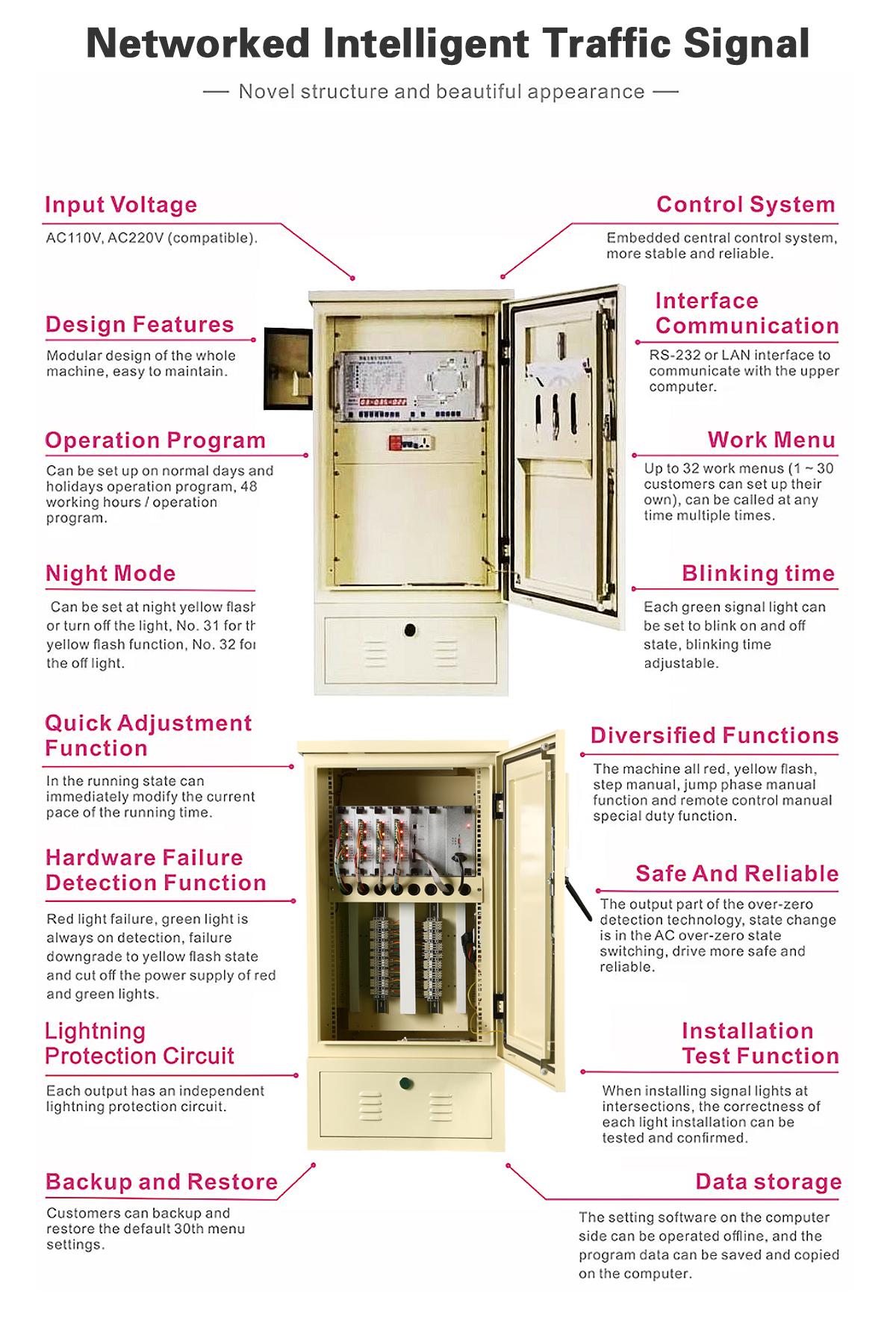
|
Working voltage |
AC110/220V±20% The working voltage can be switched by switch |
working frequency |
47Hz~63Hz |
|
No-load power |
≤15W |
Clock error |
Annual error < 2.5 minutes |
|
Rated load power of the whole machine |
2200W |
Rated driving current of each circuit |
3A |
|
Surge withstand impulse current of each circuit |
≥100A |
Maximum number of independent output channels |
44 |
|
Maximum number of independent output phases |
16 |
Number of menus available |
|
|
User settable menu (timing scheme in operation phase) |
30 |
The maximum number of steps that can be set per menu |
24 |
|
Maximum number of periods that can be set per day |
24 |
Running time setting range of each single step |
1~255S |
|
All red transition time setting range |
0~5S |
Yellow light transition time setting range |
0~9S |
|
Working temperature |
-40°C~80°C |
Green flash setting range |
0~9S |
|
Relative humidity |
<95% |
Save setting scheme (in case of power failure) |
≥ 10 years |
|
Integrated box size |
1250*630*500mm |
Independent box size |
472.6*215.3*280mm |
1. Central platform remote control mode
Access to the intelligent traffic integrated management and control platform to realize the remote control of the central platform. The control management personnel can use the signal control system software of the monitoring center computer to optimize the control system adaptively, preset multi-stage fixed timing, manual direct intervention control, etc. way to directly control the signal timing at intersections.
2. Multi-period control mode
According to the traffic conditions at the intersection, each day is divided into several different time periods, and different control schemes are configured in each time period. The signal machine selects the control scheme for each time period according to the built-in clock to realize reasonable control of the intersection and reduce unnecessary green light loss.
3. Coordinated control function
In the case of GPS time calibration, the signal machine can realize the green wave control on the preset main road. The main parameters of the green wave control are: cycle, green signal ratio, phase difference and coordination phase (coordination phase can be set). The Networked traffic signal controller can implement different green wave control schemes at different time periods, that is, the green wave control parameters are set differently at different time periods.
4. Sensor control
Through the traffic information obtained by the vehicle detector, according to the preset algorithm rules, the timing length of each phase is allocated in real time to obtain the highest clearance efficiency of vehicles at the intersection. Inductive control can be implemented for all or part of the phases in a cycle.
5. Adaptive control
According to the status of traffic flow, the signal control parameters are automatically adjusted online and in real time to adapt to the control mode of traffic flow changes.
6. Manual control
Toggle the manual control button to enter the manual control state, you can manually operate the networked traffic signal controller, and the manual operation can perform step operation and direction hold operation.
7. Red Control
Through the all-red control, the intersection is forced to enter the red forbidden state.
8. Yellow flash control
Through the yellow flash control, the intersection is forced to enter the yellow flash warning traffic state.
9. Power board takeover mode
If the main control board fails, the power board will take over the signal control mode in the fixed-period mode.
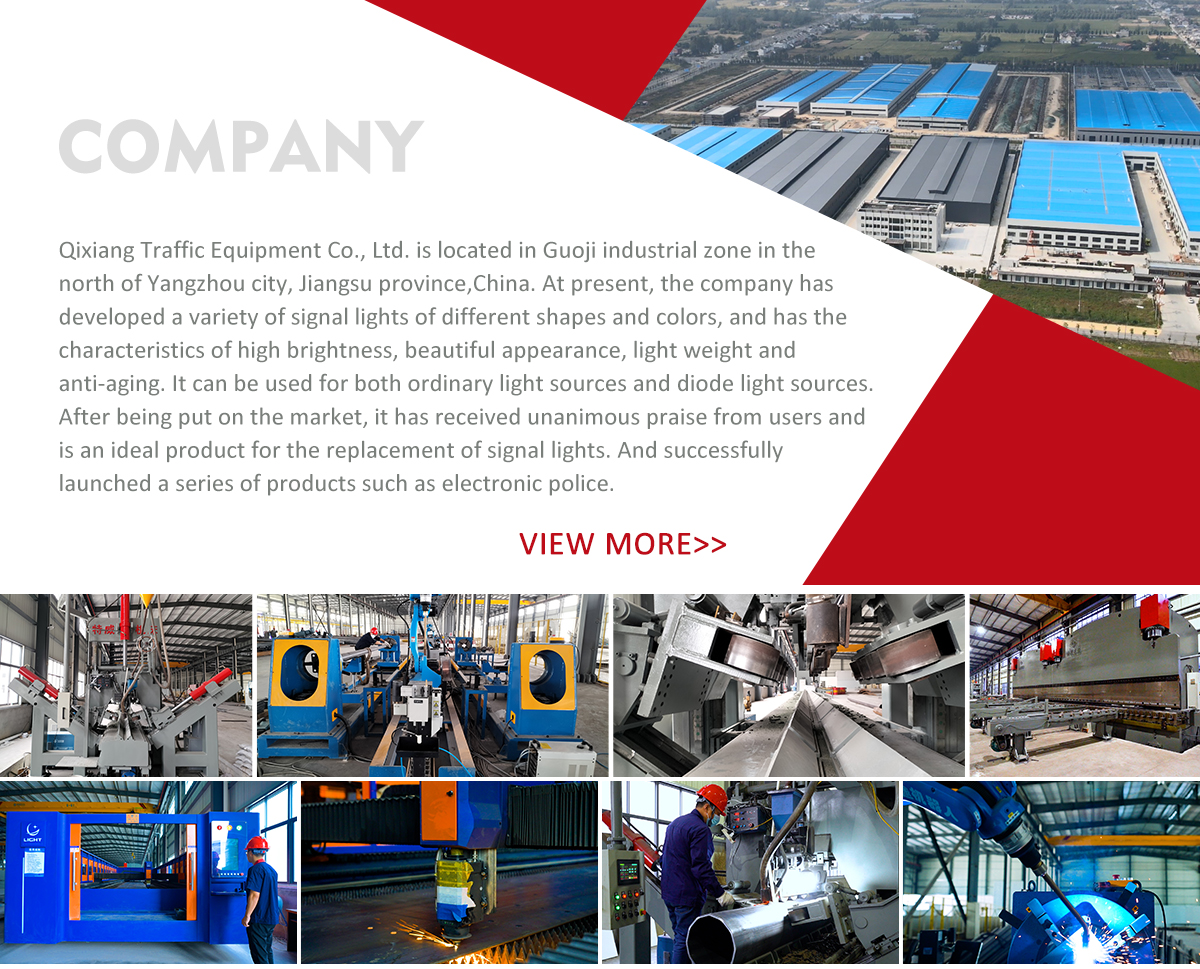
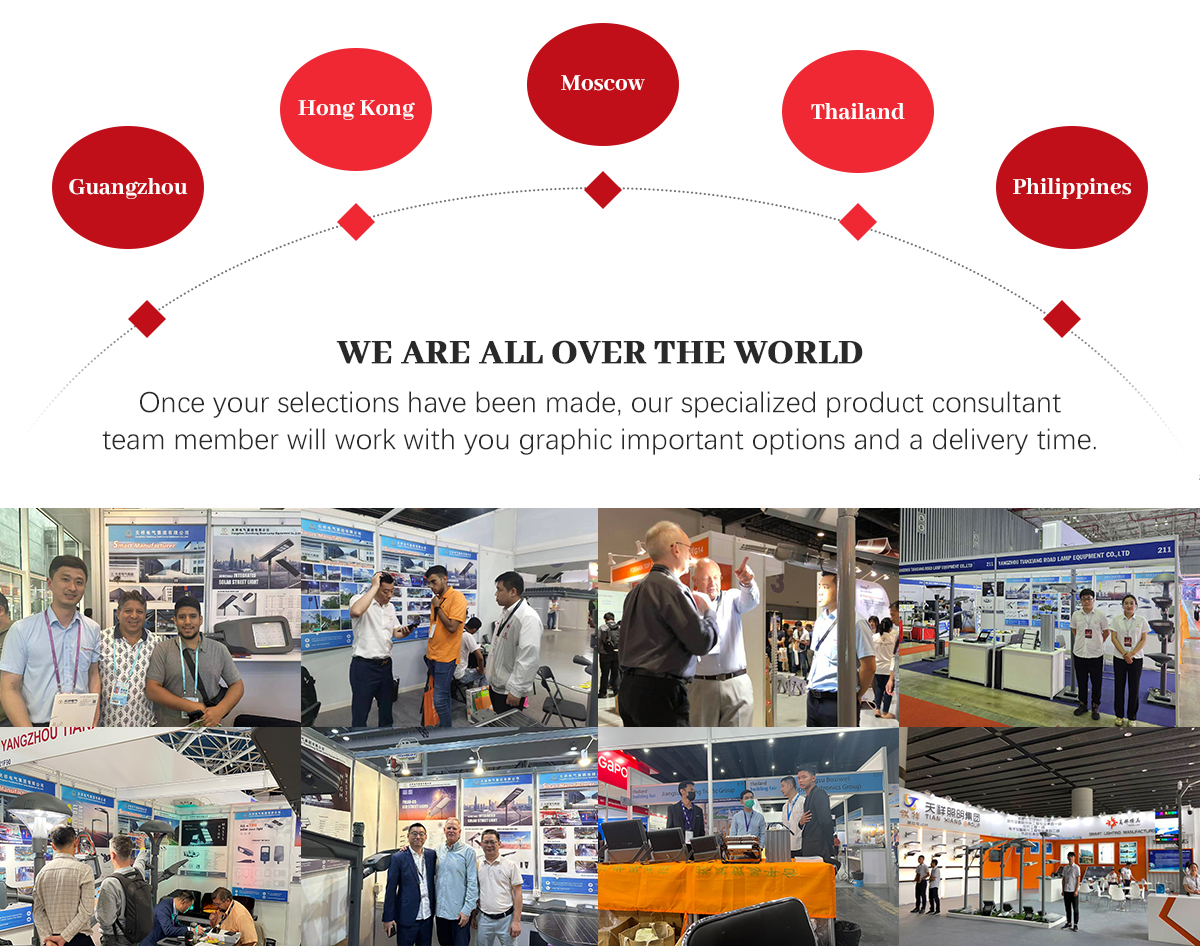
Products categories
-

Phone
-

E-mail
-

Whatsapp
-

WeChat
Judy

-

Top

